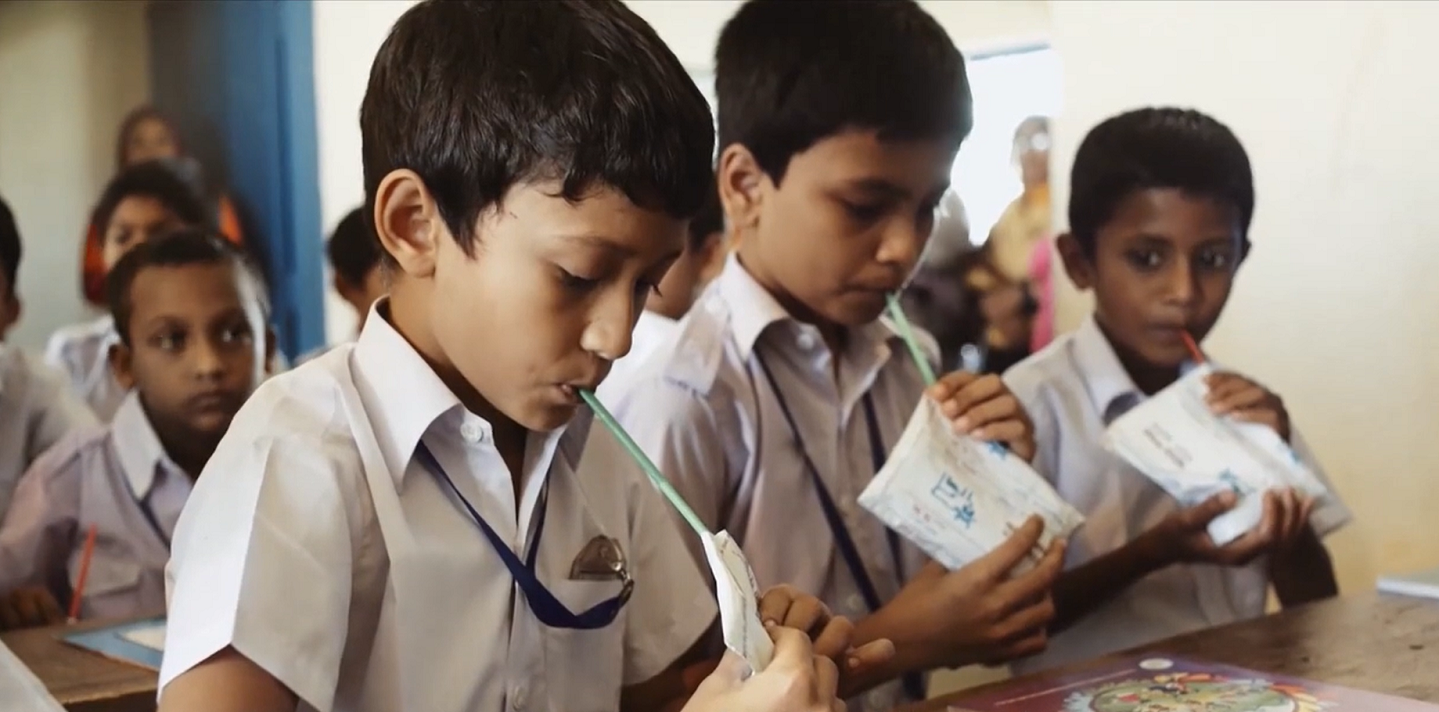Completed Project: Smallholder Dairy Development in Bangladesh, Myanmar and Thailand: Improving the Bargaining Power and Sustainable Livelihood of Smallholder Diary Farmers, through the Enhancement of Productivity and Market Access in Diary
The project is aimed at improving the bargaining power and sustainable livelihoods of smallholder milk producers in Bangladesh, Myanmar and Thailand and enhancing the production and marketing of quality milk and dairy products. The project interventions focus on improving the quality, productivity and market access of smallholder dairy farmers in the 3 targeted countries. Organization of activities along the value chain including mechanisms for milk collection, processing, pricing, marketing and payment to farmers will vary across project locations to suit the local conditions. The value derived from dairy production will substantially improve. While the project targets specific country interventions based on nationally identified priorities, it also includes a regional element that aims at establishing the Asian Dairy Network to share knowledge and disseminate market information about smallholder dairy across the region. 5000 smallholder milk producers organized in Milk Producers’ Organisations (MPOs) in 6 selected pilot milk-shed areas are expected to directly benefit from the project in terms of improved market access and milk productivity, reduced post-harvest losses and improved quality and shelf-life of milk and dairy products, leading to higher incomes and food security through increased milk consumption and sales. The availability of more and safer milk is also expected to benefit a further 6,000 children under pilot school milk nutrition schemes.
The project was launched in February 2011 and it reached its completion in July 2015 following a Final Review and Dissemination Meeting held in Bangkok, Thailand in June 2015. In Bangladesh the project was implemented in 3 districts Sirajganj (2000 farners), Kurigram (500 farmers) and Thakurgaon (500 farmers) for a total of 3000 dairy farmers; in Myanmar, 3 sites with 1,500 smallholders, including Mandalay Dairy Association (1,100 farmers), Yangon Dairy Association (300 farmers) and Nay Pi Taw (100 farmers); in Thailand, 5 cooperatives counting for a total of 500 smallholders are targeted in the Chiang Mai and Lumphun provinces, North-west Thailand.
The project was successful in introducing best practices and new technologies for increasing farm productivity while reducing animal feeding costs, boosting market access for the smallholder dairy farmers creating stable linkages with milk collection centers and dairy processors, and diversifying production in premium price dairy product like cheese and yoghurt. Key activities under Component 1 included organizing on-farm extension advice, demonstrating good husbandry practices and introducing nutritious forage by establishing model dairy farms and demonstration plots, and outreach training on various aspects of production including clean milk production and farm hygiene. These interventions substantially improved productivity in all three countries, well exceeding the project’s target of 20 percent productivity improvement.
Component 2 focused on enhancing market access by linking farmers to more formalized markets, diversifying the production of premium dairy products and improving milk quality. In all the implementing countries, farmers were linked to organized milk collection centers via farmers groups and cooperatives. As a result, the amount of milk sold on the informal market fell drastically. Product diversification was effectively carried on in Myanmar and Thailand with the sustainable introduction of premium price dairy products like cheese and yoghurt by processors and dairy cooperatives. In Bangladesh it was envisaged to refurbish an existing UHT plant for the piloting of drinking yoghurt. Nevertheless, the feasibility study brought out much severe deficiencies in the UHT plant than originally anticipated and the required capital investments were considerable to be beyond the scope of current project.
Within activities of the regional component, the Asia Dairy Network was established and a series of stakeholder workshops, trainings, and e-learning programs were organized in the three countries. The Dairy Asia website (www.dairyasia.org) was set up and it is being updated regularly. The project supported setting up a demonstration unit for cheese making at the Regional Dairy Training Centre (RDTC). The RDTC was upgraded with new equipment and facilities for cheese incubation, milk processing, packaging and quality testing. It continues to play an important role in providing training and expertise in dairy processing for cheese and yoghurt production for dairy stakeholders in the region.
As a clear acknowledgment of the success of this project and to secure the sustainability of project outcomes in Thailand, the Thai government decided to further support the national dairy sector with a total budget of 900 million Thai Baht (approximately equal to USD 25.7 million). This includes a soft loan component outlay of 300 million Thai Baht (USD 8.57 million) to dairy cooperatives and farmers through the Bank for Agriculture and Agricultural Cooperatives.
Project overview |
|||
| Submitting ICB | FAO Intergovernmental Group on Meat and Dairy Products | Project: | CFC/FIGMDP/19 |
| Project Executing Agency: | The FAO Regional Office for Asia and the Pacific | Countries: | Bangladesh, Myanmar, Thailand |
| Total cost: | USD 7,237,229 | Commodity: | Dairy Products |
| CFC financing: | USD 1,999,778 (Grant - of which USD 1,000,000 finance by OFID) | Project type: | Completed Regular Project in 2015 |
| Report: | Technical Paper | |||||

